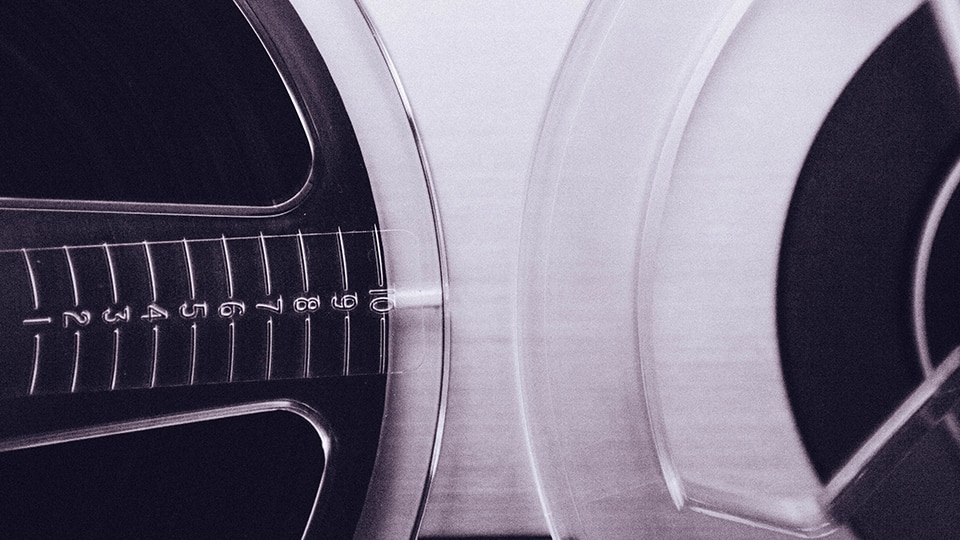By Dan Amrich
Flanger – one of the key modulation effects, along with phaser and chorus – can add texture
and dimension to your guitar's signal, giving it a sense of motion and a bit of
a space-age swooshy sound. The flanger effect was born from recording studio
experiments, but as with many pieces of guitar history, its origins are somewhat
disputed.
In a quest for new sounds, engineers would sometimes physically manipulate the
playback of tape reels, changing their speed by pressing lightly on the rim, or
flange, of the reel. With two tape machines playing at the same time – or in the
case of guitar and recording pioneer Les Paul, two acetate discs – the manipulated one created a distinctive "whoosh" sound as the two recordings went in and out
of phase. That said, Beatles producer Sir George Martin claims John Lennon
coined the term "flanger" during the Revolver sessions, in reference to a
nonsense explanation of engineer Ken Townsend's artificial double-tracking
technique. Legend says the name stuck because, well, they were the Beatles!
![[RS+] [News] What's That Sound: Flanger - eventide flanger 960](http://staticctf.ubisoft.com/J3yJr34U2pZ2Ieem48Dwy9uqj5PNUQTn/5bFpQj5m4JAvrQ1xcscLXz/62d39ca75b0eb7bc1d60462bcd52f55e/eventide_flanger_960.jpg)
Eventide introduced the first electronic flanger as a rack-mounted effect in
1975.
Either way, it wasn't long before companies like Eventide and MXR created
electronic flanger effects in the mid- to late-1970s. Flangers work by copying
your guitar's signal, adding a very short delay time to the second signal, and
employing phase cancellation – basically making the two waveforms fight for
sonic space and occasionally cancel each other out. The result is a distinctive
"whooshing" sweep that some players liken to a passing jet engine.
Seeing as how they were the cool new toy in the late 70s, flangers have helped
create some of the most distinctive sounds in classic rock. Brian May employed a
flanger effect on Queen's "Keep Yourself Alive," while Heart used a flanger to
propel the ominous opening triplets of "Barracuda."
The flanger employed on "Barracuda" gives the song a sense of motion during its
chuggy triplets, but doesn't overwhelm the riff itself.
You'll also hear flanger effects during the intro of Rush's "The Spirit of
Radio," the solo of Lenny
Kravitz's "Are You Gonna Go My Way" (mixed with some tasty, tight fuzz), and of course, Van Halen's "Unchained." The stocatto rhythm heard during the intro to "Unchained" is so distinctive that MXR collaborated with Eddie Van Halen on his own signature flanger pedal, with a special button that instantly changes the settings to Eddie's.
![[RS+] [News] What's That Sound: Flanger - mxr evhflanger 960](http://staticctf.ubisoft.com/J3yJr34U2pZ2Ieem48Dwy9uqj5PNUQTn/6FkPAthuLqeQjvdJ9wYuuW/18360b74fb8fe82d1f80409ae8daba07/mxr_evhflanger_960.jpg)
Note the small "EVH" button on the left side of MXR's EVH117 flanger; pressing
that instantly delivers Eddie Van Halen's personal settings.
Like its cousin, flanger effects burned brightly in the 1980s, as flanger pedals
proliferated. Also like chorus, the effect became somewhat overused, and sadly
is now seen as something of a relic from that era. But it's still capable of
delivering a sonic surprise, perhaps in part because the effect is no longer all
that common -- try stomping on the unexpected effect halfway through a solo or
engaging your flanger during the final verse of a song to add a little swirly,
swooshy energy to your performance.
Dan Amrich started his music
journalism career at Guitar World and Country Guitar magazines. He is the
co-creator of Princess Leia's Stolen Death Star Plans
and the creator, songwriter, and mayor of Hero Falls. He joined the Ubisoft San Francisco team in 2014.
Reels of tape by an unknown photographer is licensed under CC0.
Eventide Instant Flanger instruction manual courtesy of Eventide.
MXR EVH117 pedal photo by Dan Amrich.
Learn to play this song and many more! Try Rocksmith+ yourself and take the next step on your musical journey.









